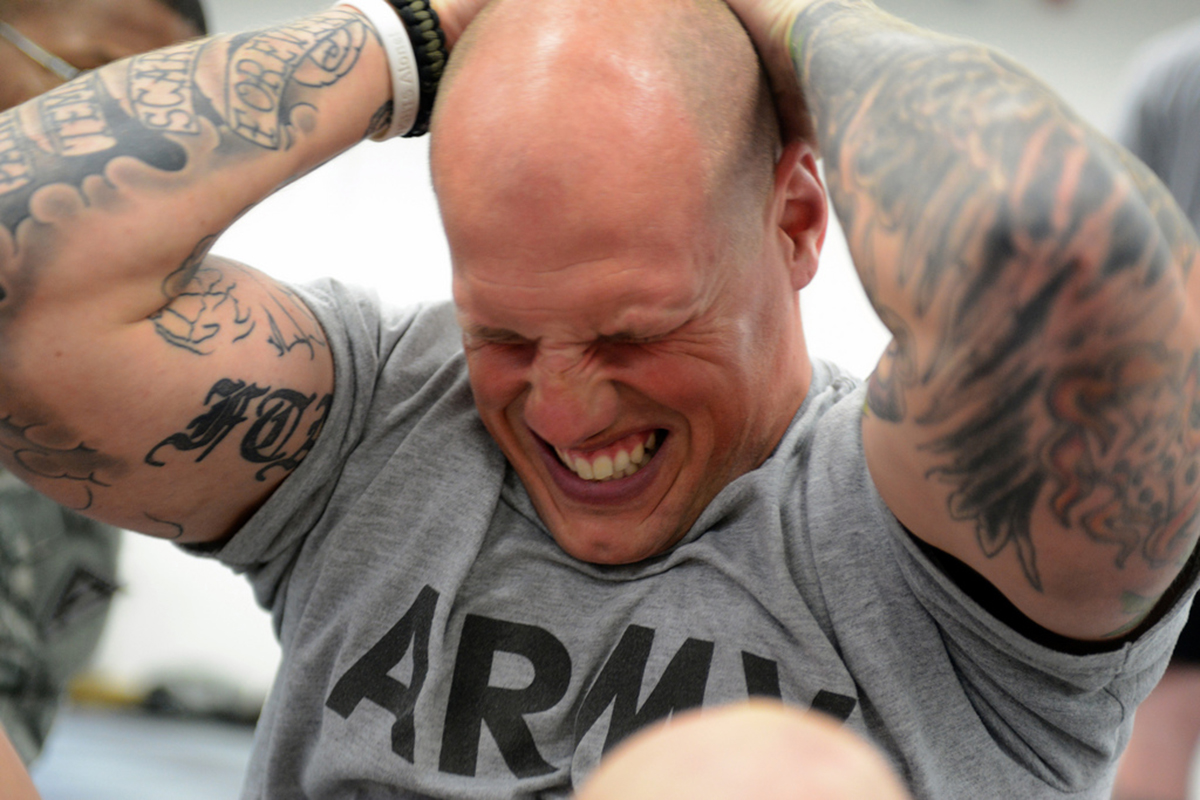Table of Contents
There is a definite reason why sit-ups and crunches are being bashed lately, and it's not only because they are boring to do. According to fitness experts and even physicians, it is mostly because they can cause serious lower back pain and because the move is so limiting. Also, they are not functional, which means it is not the way the nature and evolution intended our spine to move. Just think, which daily obligation requires this movement from you? Even when you drop something and bend to pick it up, it should be done by bending your knees or Flexing from the hips, never rounding the spine.

Furthermore, very few people have the right muscle balance to jump ahead and do only sit-ups. It is not that sit-ups don't workout the core, they do, but they work only one small part of the abdominals — rectus abdominis — the famous six pack, those surface muscles which spread from your pubic bone up to the bottom of the chest.
Sit-ups and crunches don't even slightly touch transverse abdominis — deep abdominal muscles — the layer that wraps the torso, obliques, and runs down the sides of the body. Neglecting deep muscles can lead to dysfunctions and injuries. Not to even mention that people who workout only six-pack can't look nearly as good as people who train everything, including deep abdominal muscles.
There are jobs where people have to do sit-ups regularly because they are incorporated into their regular fitness tests, like with firefighters, those in the military or police, but all of them are slowly fazing sit-ups out. They all have to be very careful not to hurt the lower back and they are among the very few people who actually learn to do the move properly.
READ Side Abdominal Workouts and Tips for Getting Rid of Love Handles
To do the sit-up right, you should be lying on your back, bending the knees slightly. Feet should be flat, touching the floor. Fingertips should be placed behind your head or crossed on the chest. You should exhale, tighten the abs and go up toward the knees. Head should always be in straight line with the spine. Your feet and tail bone should be on the floor throughout the entire exercise. Go up towards your thighs until you are fully seated. Pause a second and breath out. Get your back to the floor again, inhale and repeat.
Having in mind that incorrect posture while doing any workout can cause injuries, you should be careful. It is best to ask someone who is good at it to show you how to do a sit-up properly, or do a thorough research yourself. And of course, you can always replace sit-ups with some other more useful workouts we already talked about. Although sit-ups may be brought to perfection and don't necessary have to be dangerous when done in moderation, there are plenty safer and more rounded workouts out there.
- Photo courtesy of matte4president: www.flickr.com/photos/matte4president/6993047866/
- Photo courtesy of soldiersmediacenter: www.flickr.com/photos/soldiersmediacenter/8723473678/
- Photo courtesy of soldiersmediacenter: www.flickr.com/photos/soldiersmediacenter/8723473678/


Your thoughts on this